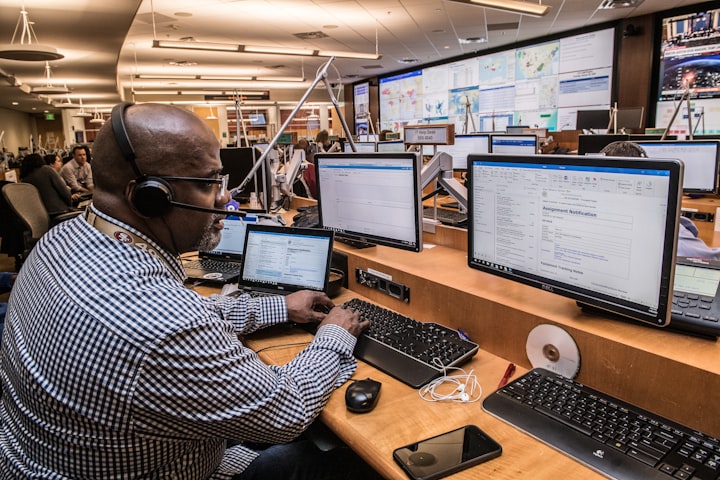What is Emergency Management?
Your introduction to the wonderful world of being the "disaster guy"
I am lucky enough to have one of the most unique professions out there. It is one that gets me admission into some of the most secure places in the world, but only under certain conditions. I spend my days floating between researcher, leader, emergency responder, and writer. And I never, ever have the same day twice.
I am an Emergency Manager.
Usually when I say that, the next question is immediately "What's an Emergency Manager?" The easiest response - one that doesn't take 20 minutes - is that I'm the disaster guy. It is my responsibility to make sure that the people, buildings, and systems under my jurisdiction are resilient towards disasters, meet the challenge when a disaster happens, and recover better when the disaster is over.
Emergency Management is broken into five distinct areas or phases, each with its own focus on certain aspects of emergencies or disasters.
1) Prevention: This is where most of our work SHOULD happen, but often doesn't. The more disasters we can prevent from happening in the first place, the better the outcomes for everyone. While we can never stop all disasters, the more we can do to make sure they happen away from populated areas, the easier the rest of our job will be.
2) Mitigation: Sometimes this is included with Prevention, but it is actually a separate and distinct phase in itself. Mitigation refers to actions taken to minimize the impact of a disaster on people, places, critical infrastructure, and other items of importance.
Mitigation is broken down into two separate types: Structural mitigation is using the built environment to minimize the impact of a disaster. Examples of structural mitigation include earthquake dampers on buildings, dykes and levees, hurricane shutters, and other physical things that reduce the impact of a disaster. Non-Structural mitigation is the use of other (non-physical) tools such as land-use planning, building codes, community buy-outs, and similar tools to reduce the impact of a disaster.

3) Preparedness: This is the point where many people think Emergency Managers come into the picture. So much of our work is about making sure that people and organizations are ready for a disaster that preparedness has to take up a lot of our time. Whether this is helping people to have a 72-hour disaster kit at home, or making sure that our organizations have a plan in place to deal with all of the potential hazards we face, preparedness plays a big part in my daily life.
4) Response: Emergency Managers aren't the ones who run into burning buildings or actually perform CPR, but we are the ones behind the scenes making sure those people get to where they are needed and that they have all the tools they need to be successful. During a disaster, I'm running the Emergency Operations Centre, making sure that people are looking out for the big picture and that our objectives are being met. I'm not an expert in any one area, but I know where to find the experts and how to bring them together quickly to make things happen.
5) Recovery: When all the excitement is done, there's still the long process of recovery and rebuilding from the disaster. This starts even before the disaster ever hits as there are certain things that are needed to ensure that people can safely survive after a disaster. When a town has been evacuated, everybody wants to get back as soon as possible. In order to do that, the town has to have clean water, working wastewater systems, food in the stores, appliances and shelves to safely store and distribute that food, fuel for vehicles, drugs back in pharmacies, and all sorts of other things that are key to daily life. Only then can they get around to starting the important work of rebuilding lost homes and other infrastructure.
Emergency Management isn't one single thing, nor is it something that can be easily put into a box. There is a vast variety of work for everyone who might be interested in becoming an EM, and we need people from all walks of life and all types of backgrounds to help make emergency management as comprehensive and effective as possible.
Join me here for more insights into Emergency Management, and a look at what a day in the life looks like. The opinions and thoughts expressed here are my own, and are not edited, censored, or endorsed by any past, present, or future organization of which I am a part.
About the Creator
Matthew Woodall
I'm a writer, father, husband, and insatiably curious about the world around us and the people who inhabit it. The ideas included in my stories are mine and do not represent any of the organizations I am associated with.







Comments
There are no comments for this story
Be the first to respond and start the conversation.